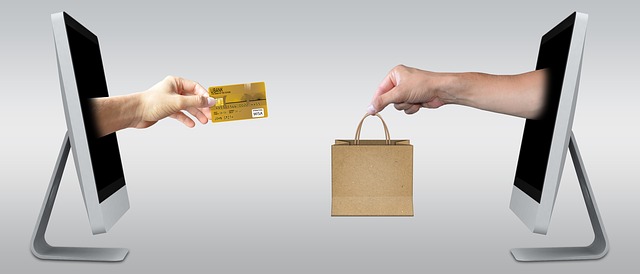Nowhere do yin and yang butt heads more than in the arena of consumer preferences. Shoppers are always on the lookout for products that are “budget premium” or “fast and fresh,” despite the fact that the terms are obvious contradictions.
The latest oxymoron to enter the market may be even tougher to navigate: private and personalized. About three in five U.S. consumers told Retail Dive that they’re unwilling to share their personal data in exchange for benefits like personalized experiences, promotions, or loyalty points. Yet an Epsilon survey found that 80 percent of consumers say they’re more likely to do business with a brand that offers personalized experiences.Interestingly, ExpressVPN research indicates that most consumers are not confident in companies respecting their data privacy
Consumers simply can’t have both: If they want individualized experiences, they’re going to have to share some personal information; if they want to keep all their data to themselves, they’re going to get one-size-fits-all solutions. Fair or not, the onus is on brands to find the right compromise.
Always: Let Them Choose
The trouble with trying to compromise with a consumer base is, of course, that every member has his or her own perfect balance. John may be willing to share his location for more functionality, while Katy may not be so open to that trade.
That’s why it’s best, whenever possible, to let users choose. Consider how Mappen, a social networking app that encourages teens to spend real-world time with their friends, does it: Mappen shows users where their friends are and what they’re doing, but users choose who they add as friends — meaning they control who they see on Mappen’s map as well as who sees them — and whether they share their status via emoji or not. When they want extra privacy, users can toggle “invisible” mode, which hides their location from everyone.
Whether personal data is needed for product functionality or marketing, try to make opt-ins as granular as possible. A consumer might be willing to share her gender, for example, but not her household income or sexual orientation. More than likely, she would turn down a brand that gave her an all-or-none choice.
Sometimes: Demographics and Psychographics
Brands that are skeptical about asking for any demographic details, however, need not be: An Advertising Research Foundation study released this past June found that the overwhelming majority of adults are willing to share their gender (95 percent), race or ethnicity (91 percent), and sexual orientation (82 percent). Only slightly fewer respondents were willing to disclose their religious preferences (80 percent) and political affiliation (78 percent).
In other words, collecting demographic details may turn off a small share of consumers, but brands that do so may be able to substantially improve their marketing or product. By segmenting a series of Facebook campaigns mainly by demographics, Swedish food retailer Matsmart managed to boost its website revenue by 84 percent in three months while realizing a four-fold return on advertising investment in six months.
Although demographic data is more powerful when paired with psychographic details, psychographics are a statistical no man’s land. Unsurprisingly, consumers’ willingness to be profiled based on their attitudes and interests depends highly on the topic being asked about. On one hand, parents were more than willing to share why they bought technologies for their children; on the other, Facebook enraged consumers when it targeted “insecure” teens.
Consumers are often willing to share psychographic or demographic data, but there are some types of personal information that they rarely, if ever, want to see in brands’ hands.
Rarely or Never: Financial or Medical Data
Even for benefits like personalization, consumers are almost never willing to share information like their social security number, financial history, or medical records. According to the ARF survey, just 9 percent were willing to share their social security number without a clear benefit to them; 11 percent were willing to share it for sake of customization. The trend held for financial and medical details as well: In fact, 28 percent were willing to share medical information if promised personalization — 1 percent less than those willing to share it for nothing at all.
The point is nearly moot, however, because no company beyond healthcare providers should be asking for consumers’ medical records. Not only are most consumers unwilling to share, but any company that does obtain medical records must protect them according to HIPAA, a notoriously confusing and rigorously enforced law regarding how medical information may be shared, stored, and used.
Organizations like banks can use customers’ financial data to deliver personalized offers, such as a credit card that delivers extra cash back in a customer’s most-used categories, but whether they should or not is another question. Industry researcher Digital Banking found that 30 percent of consumers wanted their bank to use their transaction data in exchange for improved services; one in four said “maybe,” and 45 percent said they didn’t want their bank to do so.
In the personalization arms race, leaders sometimes forget that personal data is a personal matter. What one consumer considers a worthwhile trade, another may see as gross overreach. When companies can’t please everyone with an opt-in or -out system, they can and should see certain categories of data as riskier to use than others. Firms have learned the hard way that personalization around data like pregnancy status can backfire. Sometimes, privacy really is the best policy.

